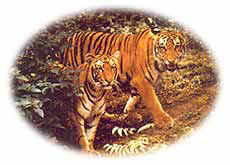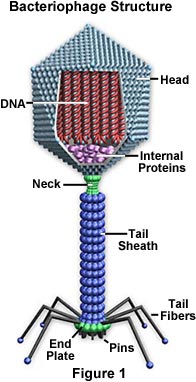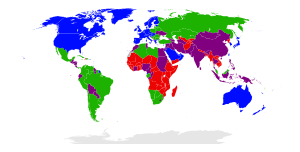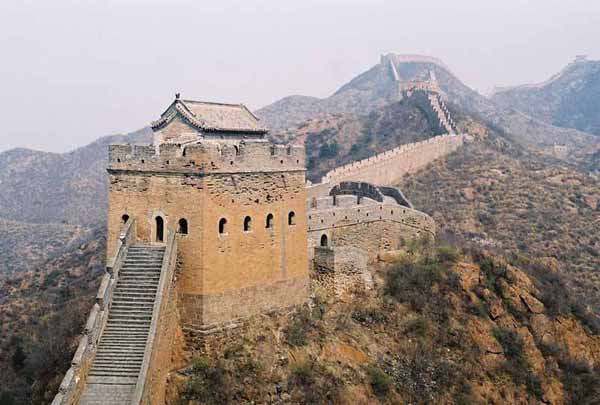WILDLIFE PARKS Maharashtra is home to a large number of animals and bird species, including the tiger, Crocodile, Bison, Gawa, Neelgai, Wild Deer, Sambar and rare migratory birds. The state has taken adequate steps towards setting up many wildlife parks and sanctuaries to protect these regions and promote them as tourist attractions. The parks offer splendid opportunities to see a variety of wildlife in a spectacularly natural setting. Modern amenities such as jeep rides, night safaris, comfortable accommodation and efficient transport are also available at a nominal charge |  |
Melghat Tiger Reserve This Reserve is in the enchanting sylvan beauty of the woodlands and greenery of Melghat, in the Amravati district, roams the tiger, and it is here that a greater part of Project Tiger is being implemented. In the heart of the luxuriant teak forests of Dhakna-Kolkaz is the Melghat Tiger Reserve, where Panthers, Bison, Sambar, Chital and the Flying Squirrel are familiar sights. Nagzira Wild Life Sanctuary Another wildlife sanctuary which is known for its verdant hills and dales, where the fauna offers a mesmerising blaze of colours, is the Nagzira |  |
Wild Life Sanctuary. Ambling around in these idyllic environs is the sloth bear, tiger four horned antelope, the Bluebull, Chital, Barking Deer, Bison and the Panther. Besides these sanctuaries are alive with the Chirruping of the colourful and varied birds. |
The Navegaon Forest Resort Navegaon, a popular forest resort in the Vidarbha region, was built in the 18th century. The picturesque lake set amidst lush green hills at Navegaon has a watch-tower beside it, from which visitors may find a bird's eye view of the surrounding forest and its abundant wildlife. Best known for the Dr Salim Ali Bird Sanctuary, Navegaon is home to almost 60 per cent of the bird species found in the entire state. Every winter, flocks of migratory birds visit the region. Visitors can join the Jungle Safari and have a stroll to see the Sambar, Chital and Langurs. Staying in a unique tree-top house and riding a power or sail boat on the lake, are thrilling pastimes. |
The Dajipur Bison Sanctuary The jungle resort of Dajipur is situated on the border of Kolhapur and Sindhudurg districts, near the backwaters of the Radhanagari dam. Surrounded by rugged mountains and dense forests, this secluded area is completely cut-off from human habitation. A home to bison, wild Deers, Chital, Gawa and many more spectacular wild animals and birds, Dajipur is an exciting and beautiful holiday getaway. An excursion to the nearby Gagangiri Maharaj's Math makes for a pleasant outing. |  |
The Tadoba National Park |
 | This is a large park spread over many acres of lush green forested land. Situated 45 kms from Chandrapur, Tadoba is an extremely beautiful jungle of mixed teak forests around a tranquil lake. The Tadoba National Park has migratory ducks visiting its lake, and also swarms with crocodiles. The rest houses are ideal for nature lovers as it commands a lovely view of the lake and the distant green hills beyond. Late nights are ideal times to see tigers, leopards, gaur, nilgai, sambar and chital. The park has facilities for tourists to stay overnight. |
Bird Sanctuaries |
There are many more types of birds than animals in Maharashtra, like the bulbul, shama, cuckoo, parakeet, drongoes, Wagtails Flycatchers, Purple Sunbirds, Grey Jungle Fowl, the great Indian bustard and above all the beautiful peacock. The great Indian bustard which is an endangered species, is an ostrich-like bird, found in the Ahmednagar and Sholapur districts. It is known for its royal gait and is a fast runner. The Salim Ali Bird Sanctuary is a must for ornithologists and so is the Karnala Bird Sanctuary which is the home of winged birds like the golden oriole Source--http://www.maharashtraweb.com/lifeleis/Wildlife.asp |  |







![Reblog this post [with Zemanta]](http://img.zemanta.com/reblog_e.png?x-id=9c0c774b-e901-4fae-b7f8-c6cb83bb7dd8)


![Reblog this post [with Zemanta]](http://img.zemanta.com/reblog_e.png?x-id=0042abd9-46ad-4be6-be9d-0199f5a312cb)

![Reblog this post [with Zemanta]](http://img.zemanta.com/reblog_e.png?x-id=6b9d6ce4-be68-415e-846b-20acdd3f2a18)

![Reblog this post [with Zemanta]](http://img.zemanta.com/reblog_e.png?x-id=ef5e6701-e8a7-472c-990d-ae8867987026)

![Reblog this post [with Zemanta]](http://img.zemanta.com/reblog_e.png?x-id=f6a1074f-e816-4db3-97d6-7af5b911f38c)

![Reblog this post [with Zemanta]](http://img.zemanta.com/reblog_e.png?x-id=0dd0c0f8-2e37-4cba-ab54-2339b31b064c)
